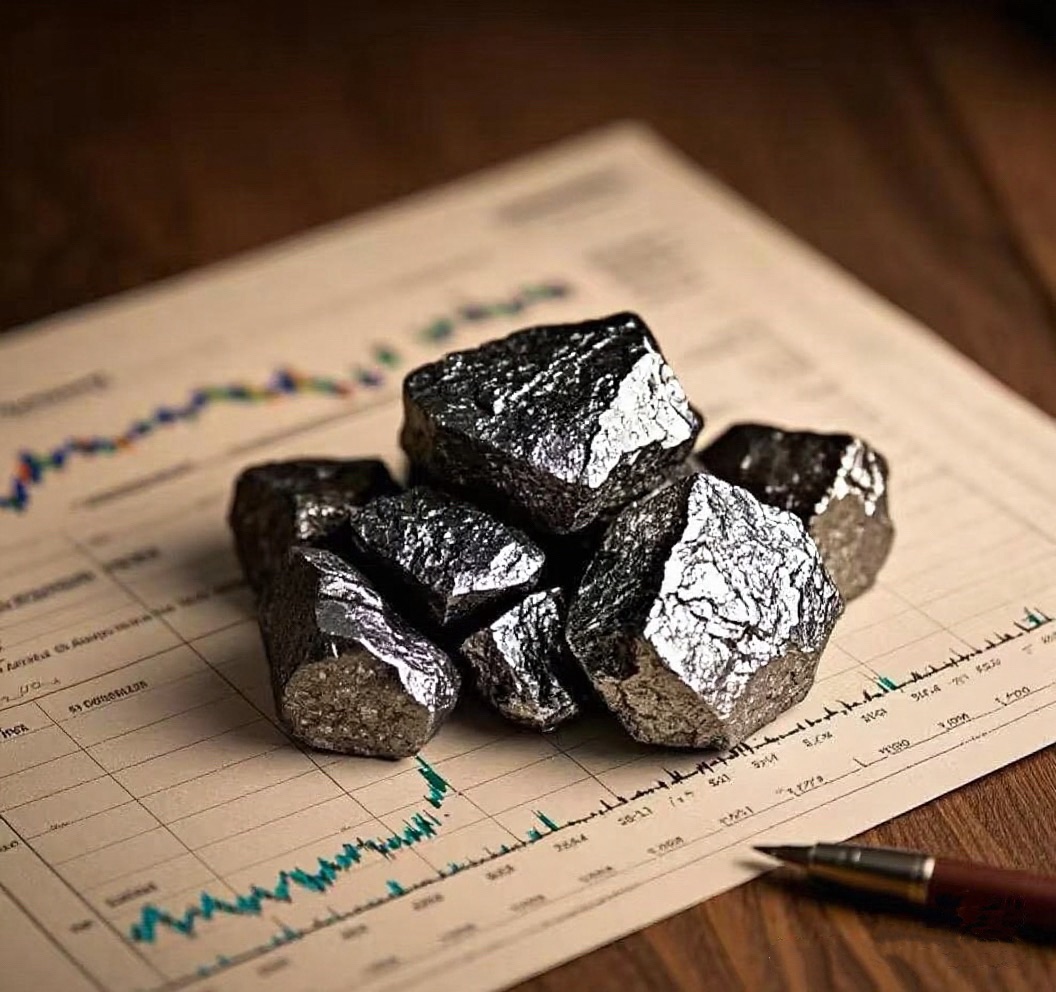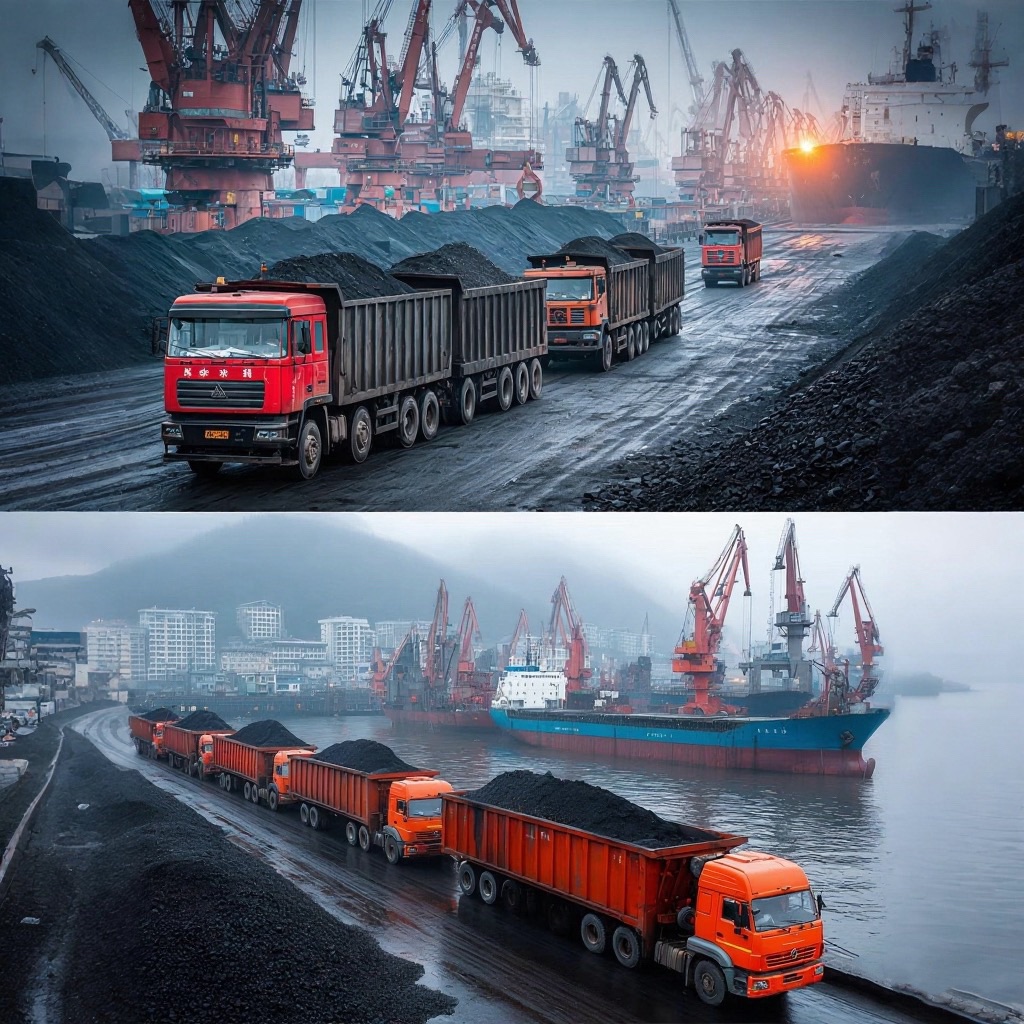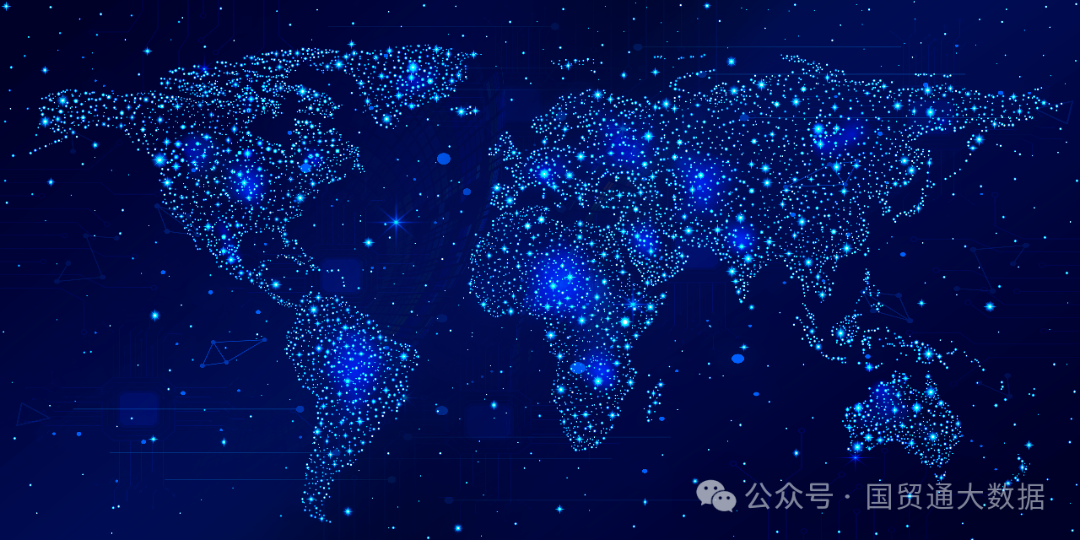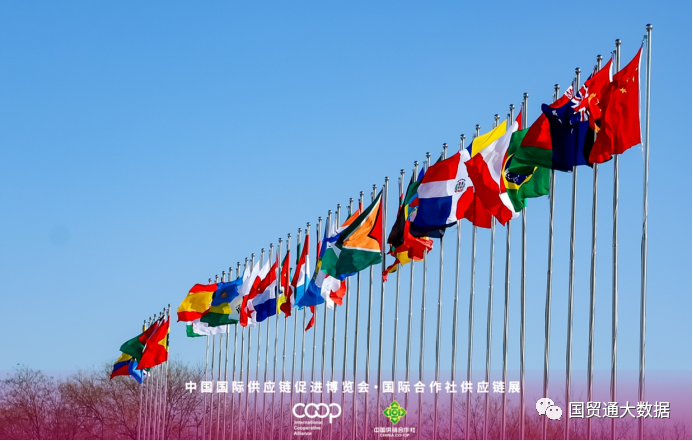
Analysis of Global Propylene Trade Flows: Industrial Chain Layout and New Trends in International Trade
“As a crucial chemical raw material, propylene holds a central position in the global chemical industry chain. Its downstream products include polypropylene, propylene oxide, acrylic acid, etc., widely used in plastics, pharmaceuticals, agriculture, and other fields. Amid the global energy transition and geopolitical shifts, the trade patterns of propylene are undergoing significant changes.”
As a crucial chemical raw material, propylene holds a central position in the global chemical industry chain. Its downstream products include polypropylene, propylene oxide, acrylic acid, etc., widely used in plastics, pharmaceuticals, agriculture, and other fields. Amid the global energy transition and geopolitical shifts, the trade patterns of propylene are undergoing significant changes. This article provides an in-depth analysis of the propylene industrial chain structure and global trade flows, combined with the current international trade environment, to offer industry insights for foreign trade practitioners.
Ⅰ. Overview of the Propylene Industrial Chain
Propylene is primarily produced through processes such as naphtha cracking, coal-to-olefins (CTO), and propane dehydrogenation (PDH), serving as a fundamental raw material in the chemical industry. Its downstream applications are extensive, with polypropylene (PP) being the largest consumer sector, accounting for over 60% of global propylene consumption. Additionally, fine chemical products like propylene oxide, acrylonitrile, and acrylic acid play important roles in industries such as pharmaceuticals, construction materials, and textiles.
In China, polypropylene (PP) accounted for 62% of propylene consumption in 2024, making it the main driver of propylene demand growth. Other sectors, such as butanol and acrylonitrile, are also steadily developing, highlighting the diversification and high value-added characteristics of the propylene industrial chain.
Ⅱ. Analysis of Global Propylene Trade Flows
International trade of propylene exhibits distinct regional complementarity, with major exporters concentrated in the Middle East, North America, and parts of Asia, while import demand primarily comes from Southeast Asia, East Asia, and Europe.
1. Major Export Regions
Middle East: Leveraging abundant oil and gas resources and cost advantages, countries like Saudi Arabia and the UAE have become key players in propylene exports.
United States: The shale gas revolution has provided ample propane feedstock, driving rapid growth in propane dehydrogenation (PDH) capacity and establishing the U.S. as a significant source of propylene exports. South Korea and Japan: As traditional powerhouses in the petrochemical industry, these countries maintain stable export supplies thanks to advanced technology.
2. Major Import Regions
Southeast Asia: Manufacturing industries in countries like Vietnam, Indonesia, and Thailand are developing rapidly, leading to steadily rising demand for propylene and its derivatives.
China: Despite being one of the world's largest propylene producers, strong downstream demand necessitates imports from the Middle East, South Korea, and other regions to bridge supply gaps.
Europe: Limited domestic production capacity, coupled with high energy costs, makes the region reliant on imports to meet the needs of its chemical industry.
It is worth noting that in recent years, India and Vietnam have rapidly expanded their propylene production capacity, gradually shifting from net importers to self-sufficient or even exporting countries. This trend may reshape the trade landscape in Asia.
Ⅲ. Impact of International Trade Dynamics on the Propylene Market
1. Geopolitics and Energy Transition
Factors such as stable supply from the Middle East, fluctuations in the U.S. shale gas industry, and adjustments in European energy policies introduce uncertainties to the propylene supply chain. For instance, international events like the Red Sea shipping crisis and the EU's Carbon Border Adjustment Mechanism (CBAM) could increase transportation costs and compliance thresholds, thereby influencing trade flows.
2. Environmental Policies and Capacity Adjustments
Globally, countries are advancing "dual-carbon" goals, imposing restrictions on traditional petrochemical processes. Low-carbon processes such as propane dehydrogenation (PDH) and light hydrocarbon cracking are becoming mainstream for new capacity additions. During China's "14th Five-Year Plan" period, strict control over new refining and chemical capacity has prompted companies to transition toward high-end and green development.
3. Price and Inventory Fluctuations
In 2024, propylene inventories showed seasonal fluctuations, significantly influenced by plant maintenance, downstream demand cycles, and energy price movements. For example, fluctuations in crude oil and propane prices directly impact propylene costs, while changes in demand from industries like polypropylene affect price trends.
Ⅳ. Summary and Outlook
As a key chemical raw material, propylene's trade patterns are continuously evolving alongside adjustments in global industrial structure and energy policies. In the coming years, the Middle East and the United States will remain major export sources, while emerging markets like Southeast Asia and India are expected to become important engines for demand growth. For foreign trade professionals, close attention to the following trends is essential:
•Strengthening of Regional Supply Chains: Under the dual influence of geopolitics and environmental policies, propylene trade may increasingly adopt a model combining "regional self-sufficiency" and "targeted exports."
•Technology Upgrades Driving Competitiveness: Companies need to focus on new processes such as propane dehydrogenation and green methanol-to-olefins to address cost and environmental pressures.
•Development of High-End Downstream Sectors: High-value-added areas like specialty polypropylene materials, biodegradable plastics, and new energy materials will become new growth points in the propylene industrial chain.
In summary, analyzing the propylene industrial chain and trade flows not only reflects the fundamentals of the global chemical industry but also provides critical strategic insights for foreign trade enterprises. Only by keeping pace with policy, technological, and market trends can businesses seize opportunities in the intense competition of international trade.













